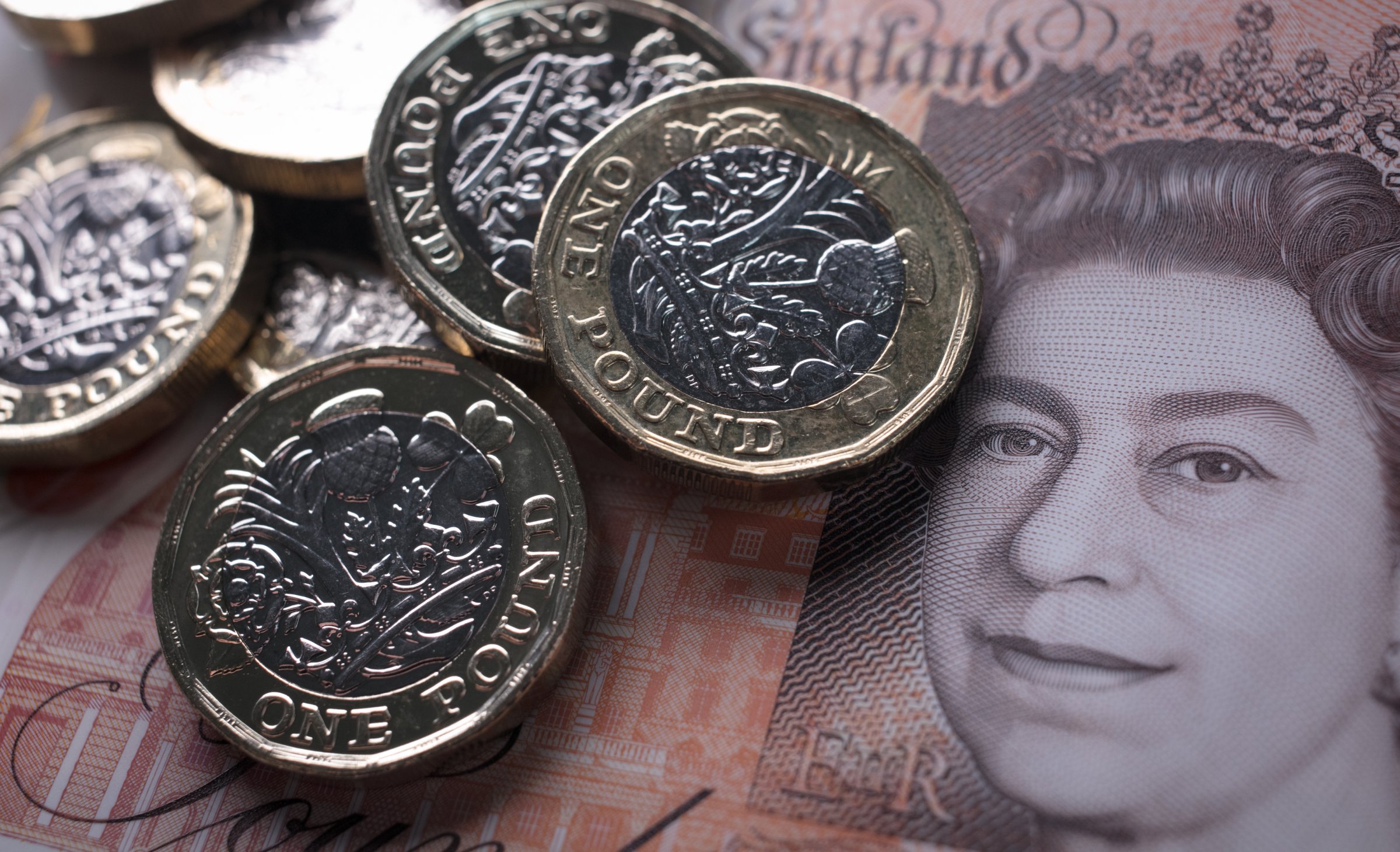
More than 10,000 employers in the United Kingdom publicly reported their gender pay gap data Wednesday as a result of a 2017 regulation aimed at promoting equal pay for equal work. And judging by the results, organizations have a long way to go.
Companies with more than 250 employees in the U.K. are now required to disclose salary data and any gender wage gap publicly online and to the government, thanks to legislation passed last April. More than 78% of U.K. companies paid men more than women, with a median pay gap of 9.7% on average, according to the BBC’s analysis of the data.
The required reporting is intended to shine a light on pay practices and what may stall a woman’s career advancement. In the case of these U.K.-based companies, many found hefty gender wage gaps due to the high number of male executives or leaders filling the highest-paying roles.
The data released this week produced stunning results, with banks, airlines, retailers and British soccer clubs reporting significant differences in the mean salaries between men and women.
Top investment banks like Goldman Sachs and Citigroup reported mean hourly rate differences for U.K.-based female and male employees at 55.5% and 48.4% respectively, according to the data. U.K.-run banks like HSBC and Barclays reported women earned a mean hourly rate of 59% and 48%, respectively, less than their male counterparts.
Ryanair, an Irish-based airline, reported a 67% difference in the mean hourly earnings between men and women. EasyJet, a British airline, reported a 51.7% difference. Due to its highly paid male athletes, the Stoke City Football Club reported women earned 92.5% lower in mean hourly earnings than men. The disparity in the median hourly rate between women and men for the club was 30.5%.
This first round of significant reporting — with data all available on the government’s website — includes a number of gender wage gap data, from the proportion of women in the highest or lowest pay groups at a company to the percentage of women and men who have received bonuses.
“Publishing and monitoring pay gaps will help employers understand the reasons for any gap and consider whether they need to develop action plans to tackle the causes,” the government’s Equality and Human Rights Commission said.
Pay transparency, as exhibited by the U.K., is one of the top initiatives pushed by equal pay advocates around the world. In the United States, champions of the cause point to pay transparency as a mechanism that can be used by women to better leverage themselves in salary negotiations and hold leaders at the company accountable for their payroll.
Both the U.K. and the United States have passed versions of an Equal Pay Act decades ago, making it a requirement for women and men to be paid equally for the same work. Disparities in pay still exist despite this, however. In the U.S., women earn around $0.80 on the dollar of their male counterparts, according to the most recent data from the Institute of Women’s Policy Research.
More Must-Reads from TIME
- How Donald Trump Won
- The Best Inventions of 2024
- Why Sleep Is the Key to Living Longer
- Robert Zemeckis Just Wants to Move You
- How to Break 8 Toxic Communication Habits
- Nicola Coughlan Bet on Herself—And Won
- Why Vinegar Is So Good for You
- Meet TIME's Newest Class of Next Generation Leaders
Contact us at letters@time.com